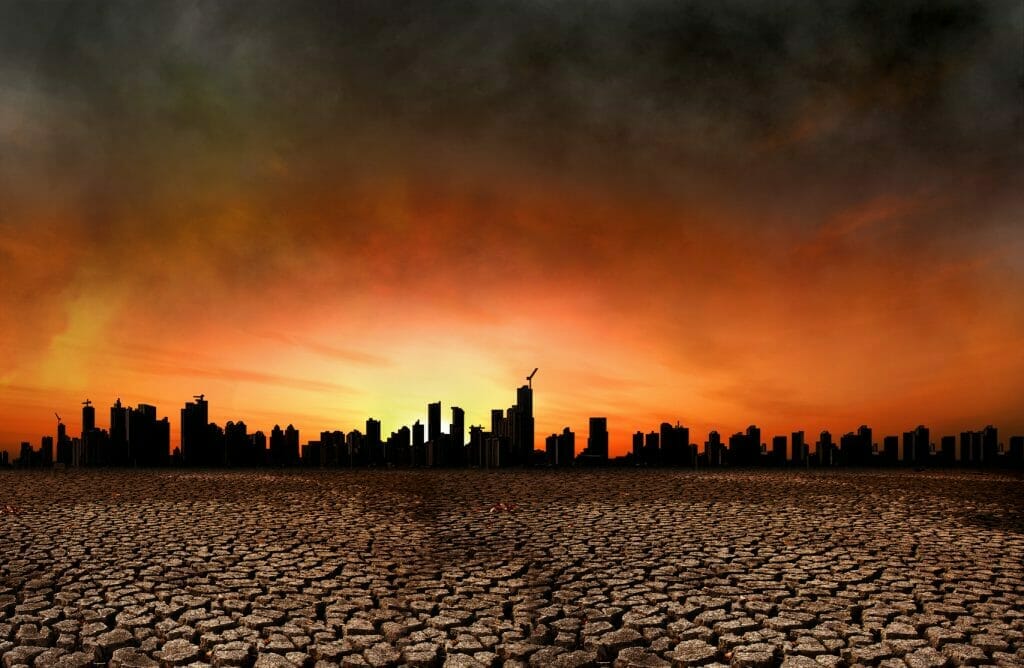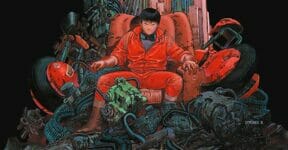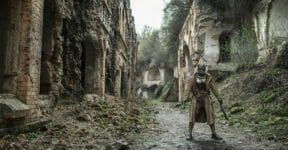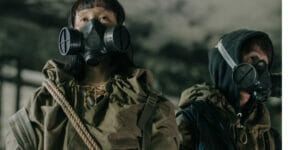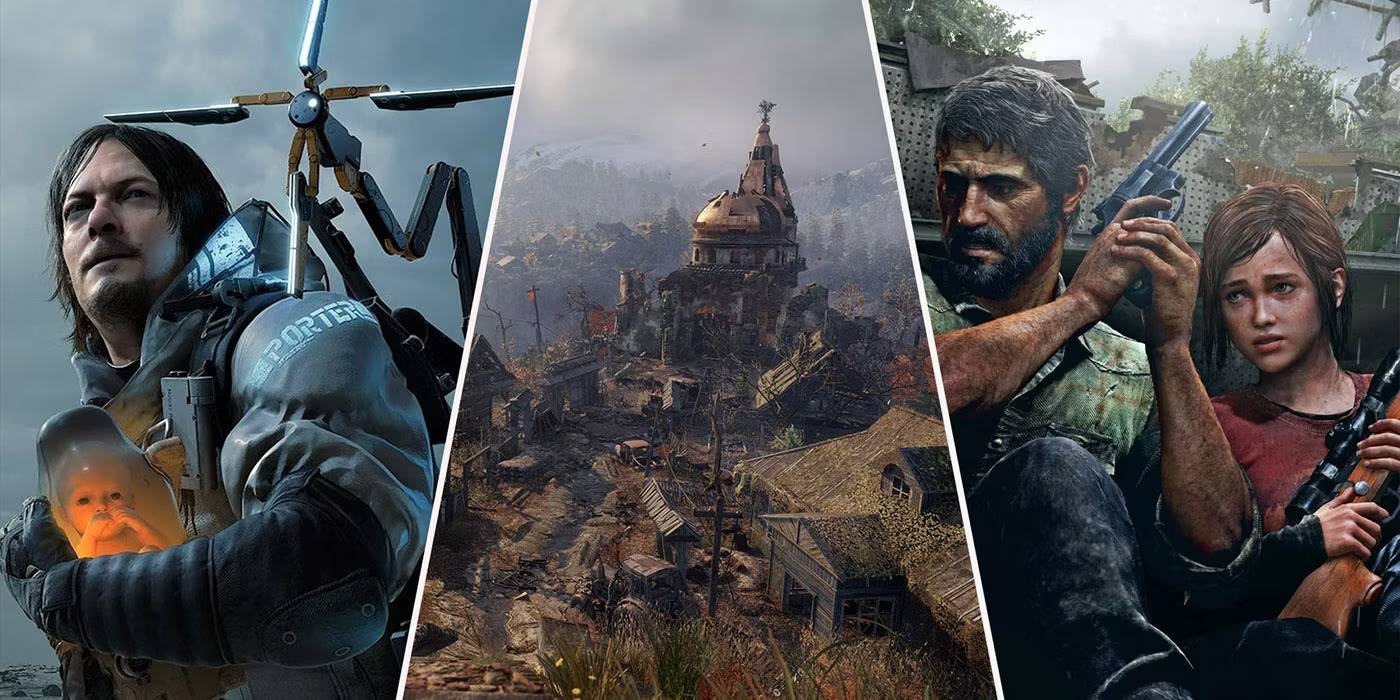When your stormy psyche feels ready to move-on from children’s science fiction to a more mature genre, it may be time to read some of the better young adult science fiction books about what could possibly become our distant or not so distant future. Here are some of the best teen dystopian books that will fire up your emotions in real life.
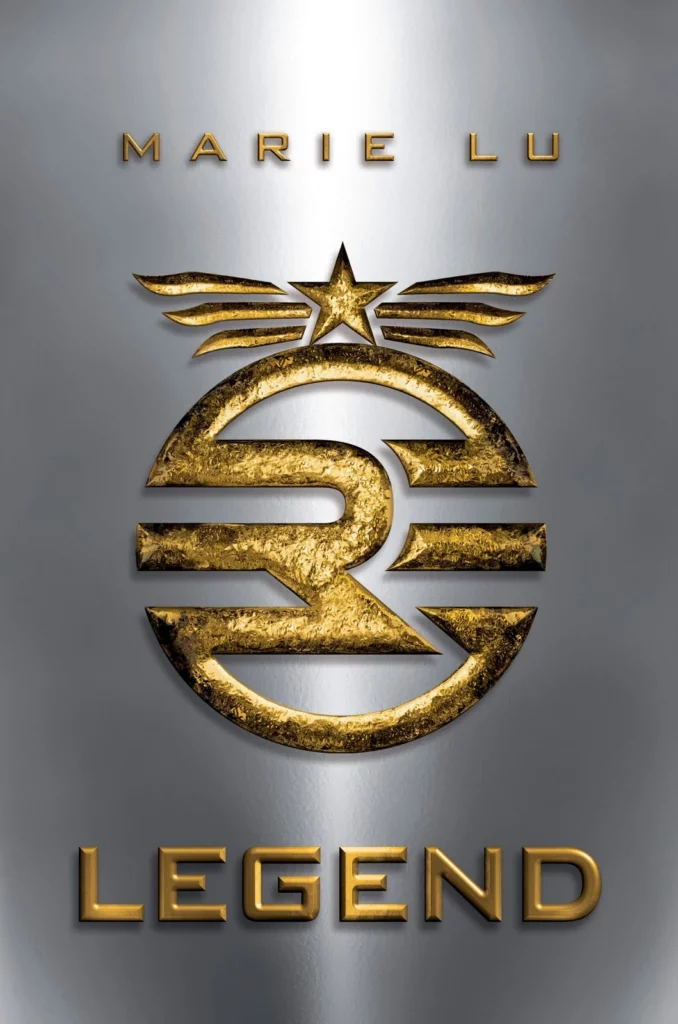
Legend by Marie Lu (2011)
A fictional future version of the United States is split into two opposing factions; the western and eastern sides are at war. The country has turned into a police state. Using the political background, the novel tells the story of an unlikely couple, June and Day, on an investigative journey to uncover the nation’s dark secrets.
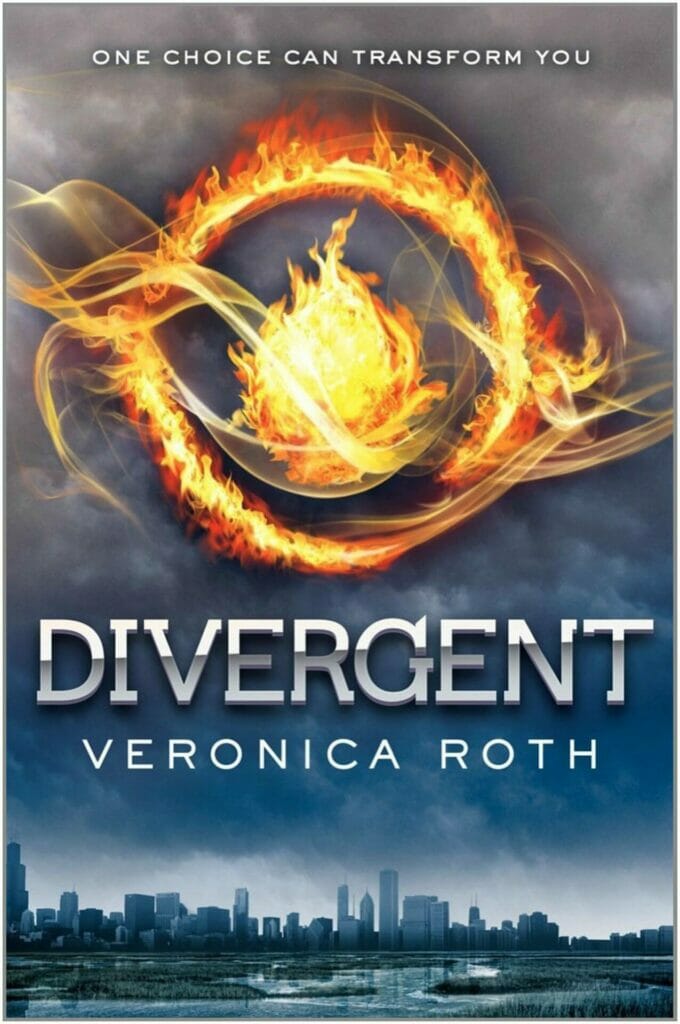
Divergent by Veronica Roth (2011)
Beatrice Prior lives in Abnegation, one of the five factions that divide her futuristic city. Each faction holds a belief that the previous generation failed due to a specific human trait. Beatrice is on the verge of disproving her own faction and moving to another.
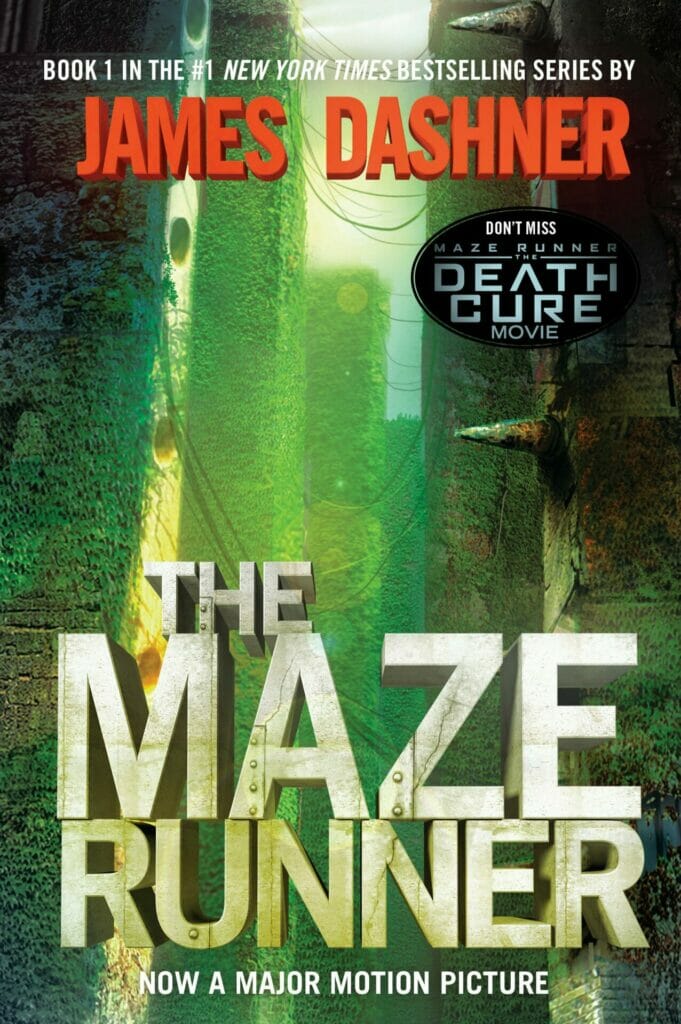
The Maze Runner by James Dashner (2009)
A group of boys and teenagers, aged between 12 and 18, live in a small area encircled by stone maze. A new boy comes to live with them every month. They don’t remember anything about their younger years. Things start to change when Thomas arrives.
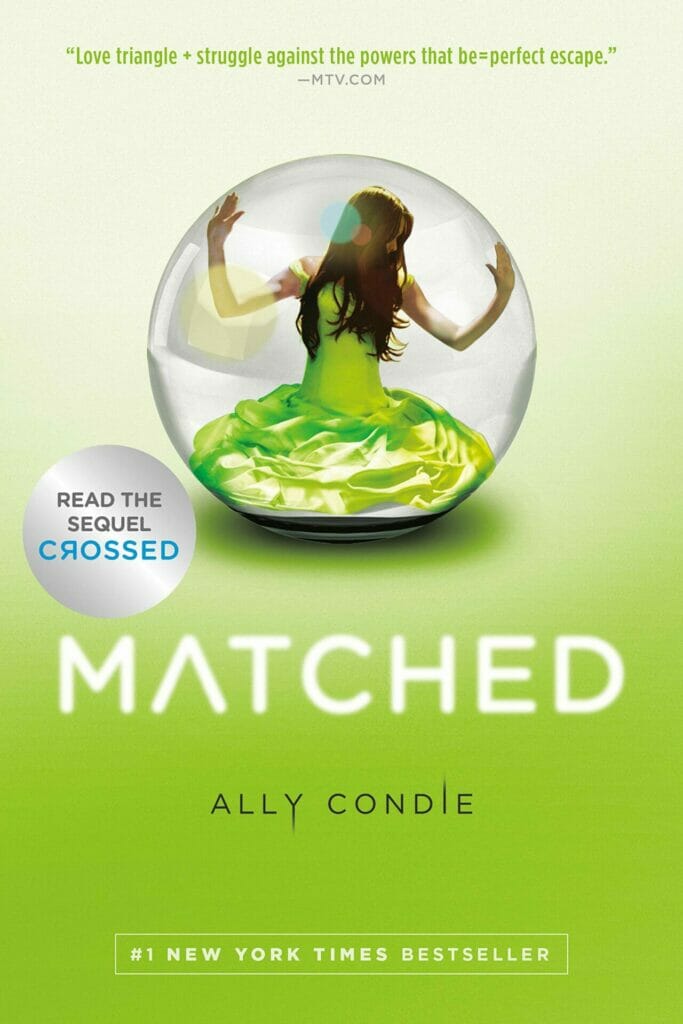
Matched by Ally Condie (2010)
Everyone has a predetermined fate. The government known as “The Society” controls how the citizens should live and who they marry. A glitch in the matchmaking system puts Cassia and the man she loves in all sorts of trouble.
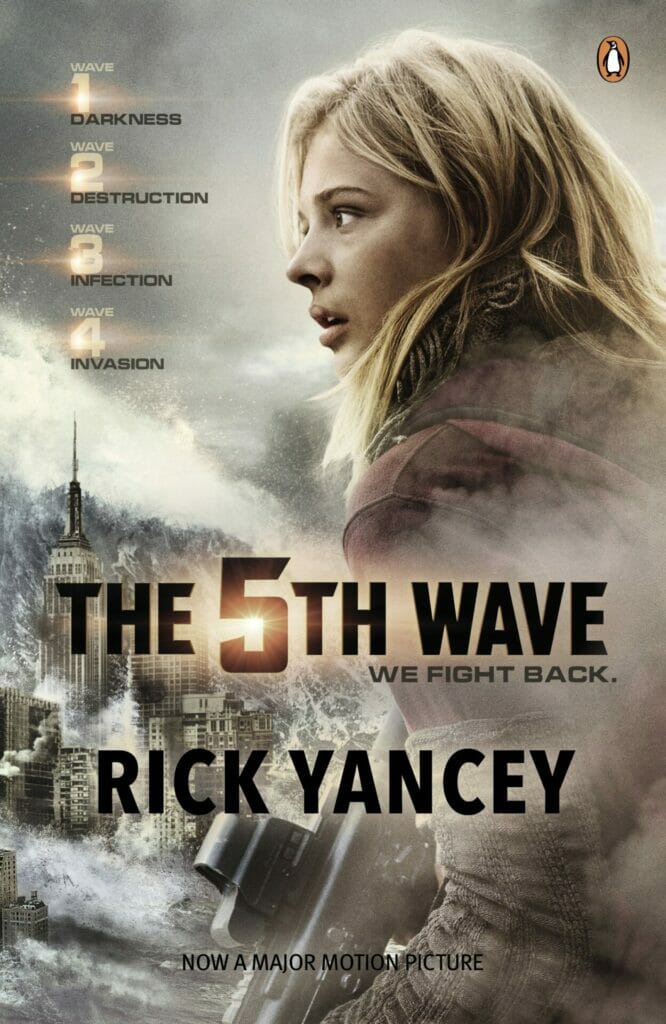
The 5th Wave by Rick Yancey (2013)
Cassie Sullivan thinks the society is on the brink of falling into a dystopian regime following an alien invasion. She has good reasons to believe that everybody has been killed, expect her.
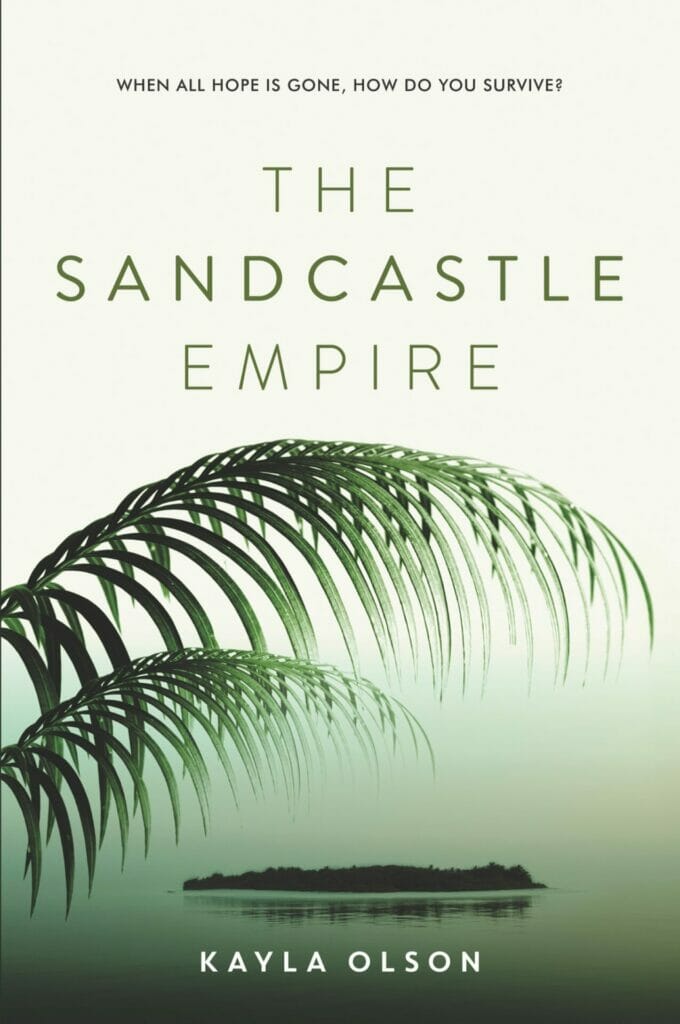
The Sandcastle Empire by Kayla Olson (2017)
A revolution has changed Eden’s life. In this version of a dystopian world, a dangerous group known as the “Wolfpack” controls all the available resources and is about to kill her, too. Even after she flees to a safe place, the situation can always turn for the worse.
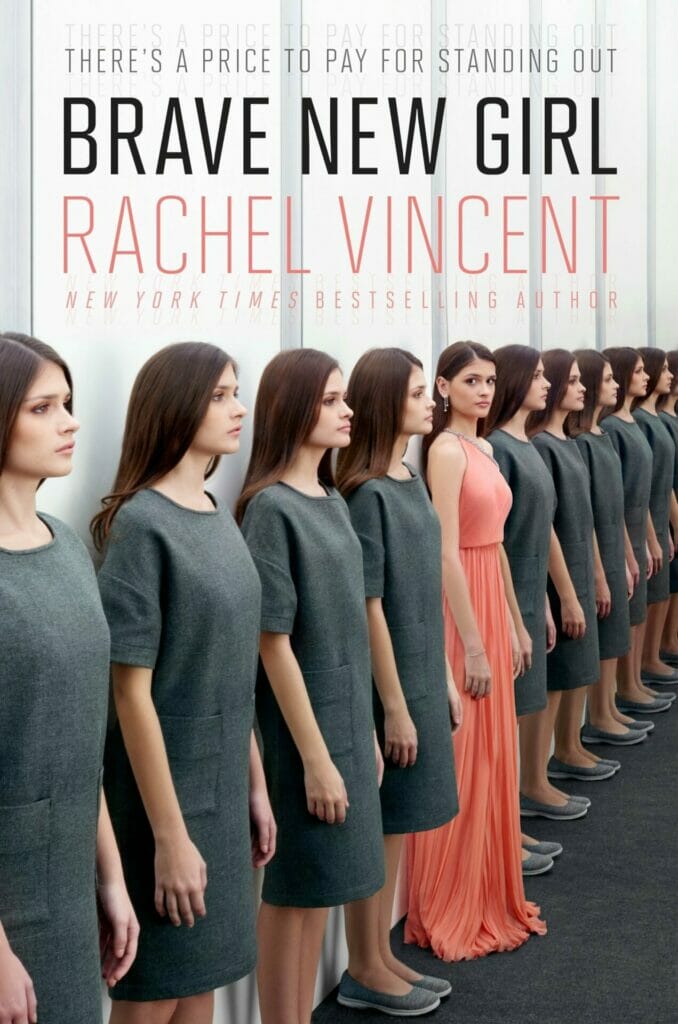
Brave New Girl by Rachel Vincent (2017)
Five thousand girls have identical looks and behaviors. Dahlia is one of them, clones created using a single genome. Following an encounter with Trigger, she begins to question her own identity and whether everything around her is actually part of the true reality.
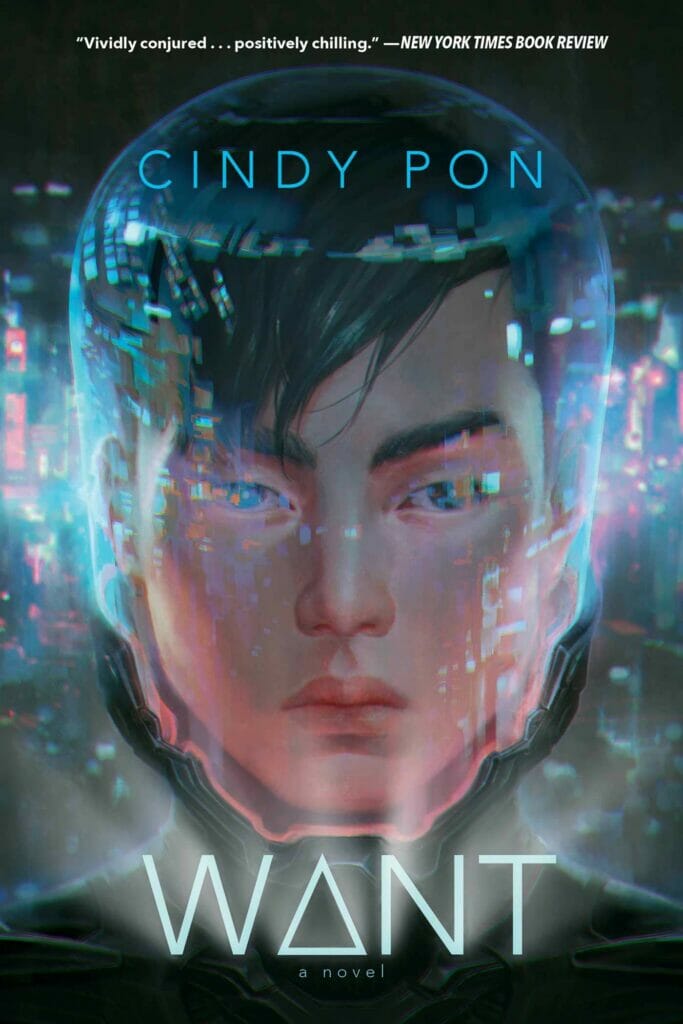
Want by Cindy Pon (2017)
Through a well-constructed blend of science fiction and real life possibility, “Want” creates a dystopian world where Taipei is overpopulated. The rich and powerful have the resources to buy health, and therefore live longer than most. The poor and powerless must die young.

Perfect by Cecelia Ahern (2017)
Life is good for Celestine North. She has a loving family, good boyfriend, and circle of affectionate peers. There is only one problem: any form of disobedience or violation of the rules is punishable by death.

Shatter Me by Tahereh Mafi (2011)
Juliette has a lethal touch. In a world where having supernatural power is against the law, she is a wanted criminal. However, the government sees an opportunity to weaponize her power upon realizing the destructive effects it may cause.

The Great Library Series by Rachel Caine (2015 – 2019)
In an alternate reality where The Great Library of Alexandria still exists and thrives, Jess Brightwell is sent to an espionage mission at the facility on behalf of his book-smuggling family. The mission soon turns into a thrilling adventure when he encounters the power that threatens the very existence of knowledge.
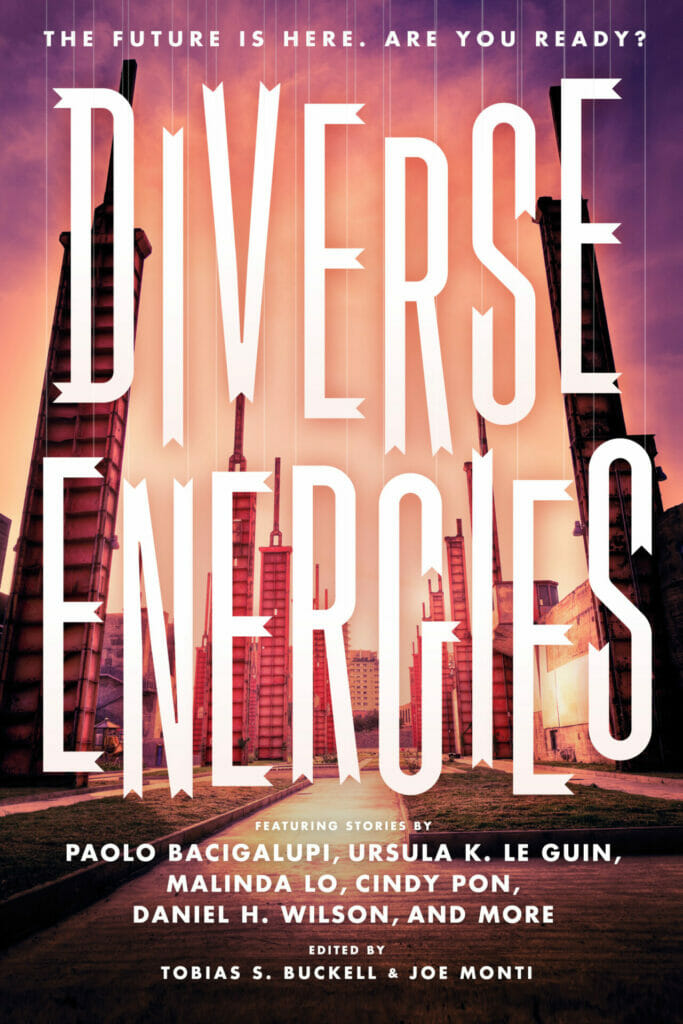
Diverse Energies by Tobias S. Buckell & Joe Monti (2012)
It is an anthology featuring short stories by modern authors, including but not limited to Malinda Lo and Ursula K. Le Guin. The dystopian narratives range from nuclear disasters to corrupt governments, making Diverse Energies an excellent introduction to the genre.
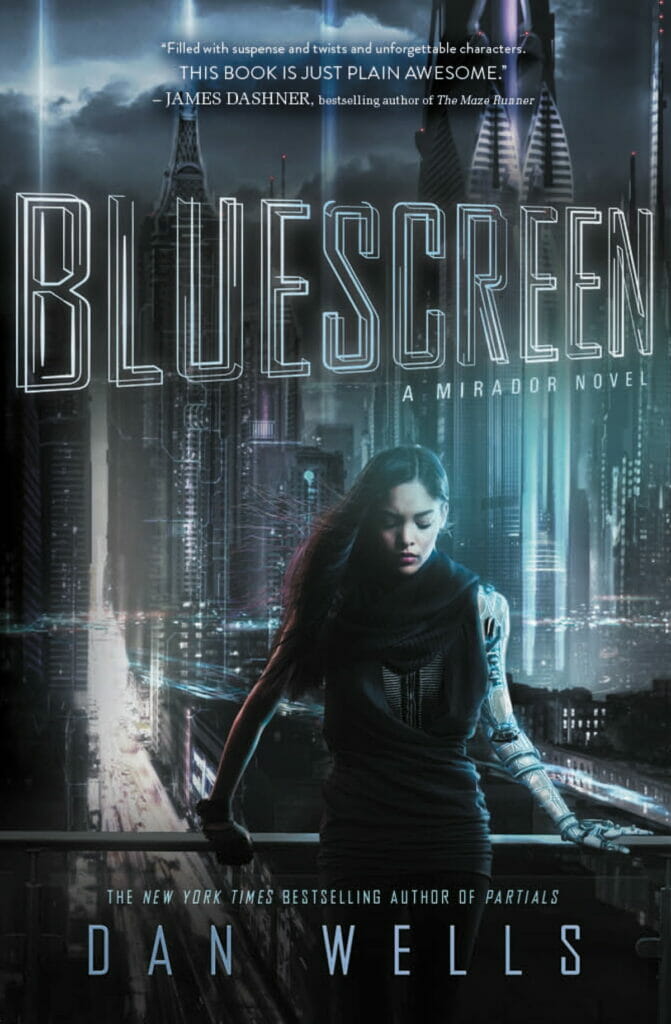
Mirador Series by Dan Wells (2016 – 2018)
With a premise similar to that of The Matrix, young readers should find the Mirador Series familiar. In the near future, people practically live online 24/7. An implantable device is required that makes sure everyone is accounted for; those who control the network determine the fate of the real world.

The Generations Trilogy by Scott Sigler (2016 – 2017)
Several teenagers find themselves in an unfamiliar corridor. They don’t remember anything prior to that moment. The corridor turns out to be a prison. One girl takes the lead to unravel the mystery and escape their confinement. What follows is a battle against a corrupt violent enemy.
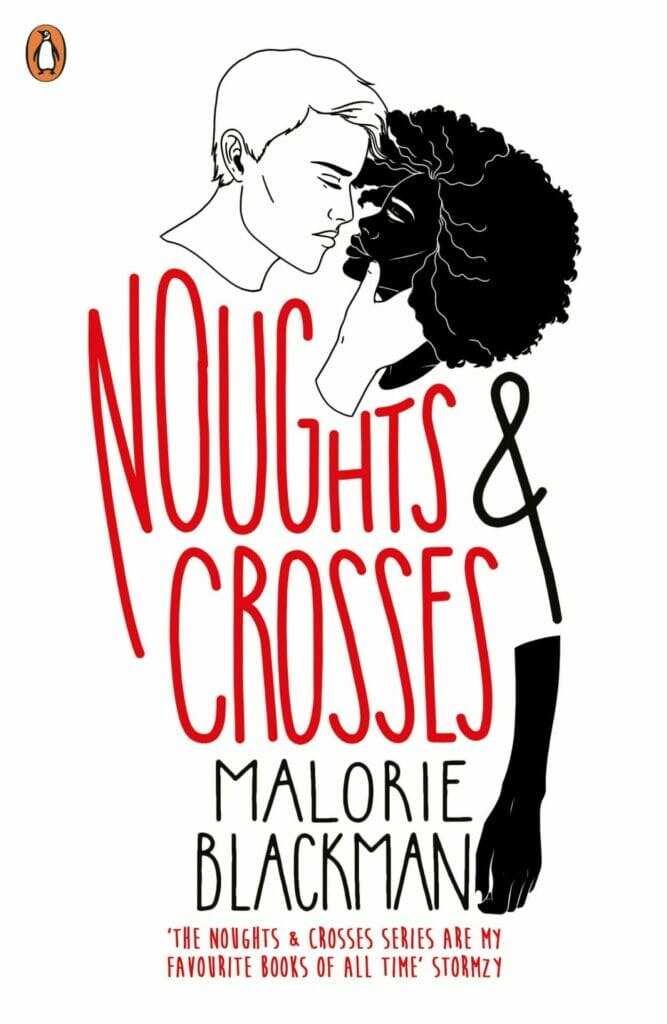
Noughts & Crosses Series by Malorie Blackman
Set in an alternate universe in which the slavers are African-American and the enslaved are white Europeans, Noughts and Crosses series is as far as it can be from real life history. Segregation is at its worst and racial prejudice runs deep, but the roles are reversed.

The Australia Trilogy by J. P. Smythe
Planet Earth is now inhabitable. The last remaining survivors are on an interstellar ship named Australia. Life on the ship is not that much different from what it used to be before the journey. Criminals, murderers, and cults run the show on the spaceship people now call home.
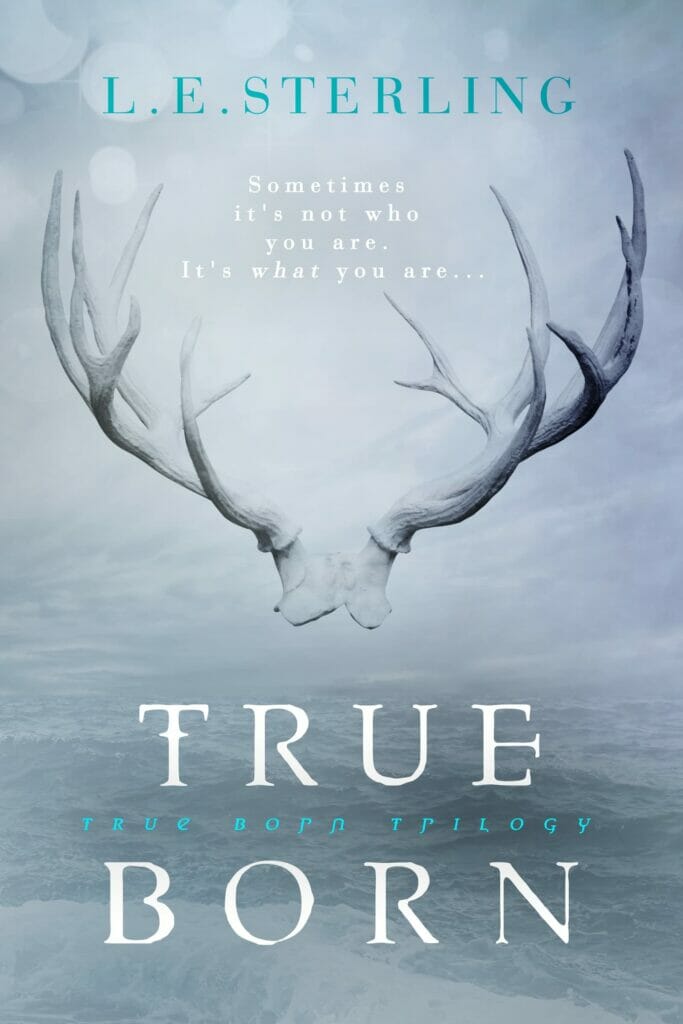
True Born Trilogy by L. E. Sterling (2016 – 2018)
Margot and Lucy are resistant to the plague that has recently decimated the human population. They may hold the key to saving the fate of human race. The disappearance of Margot forces Lucy to join the True Born, a gang led by two charismatic men.

Penryn & the End of Days Trilogy by Susan Ee (2011 – 2015)
Angels come down to Earth with the sole purpose of destroying humanity. The world is now under their control, but Penryn is determined to keep her sister safe even if it means standing in the way of the mighty angels.
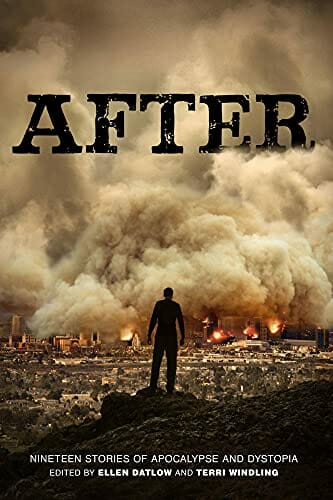
After: Nineteen Stories of the Apocalypse and Dystopia (2012)
It is a carefully selected collection of dystopia and apocalypse texts. Short stories from celebrated authors (N.K. Jemisin, Gregory Maguire, Nalo Hopkinson, etc.) give young readers the chance to have a glimpse of the genre, one story at a time.
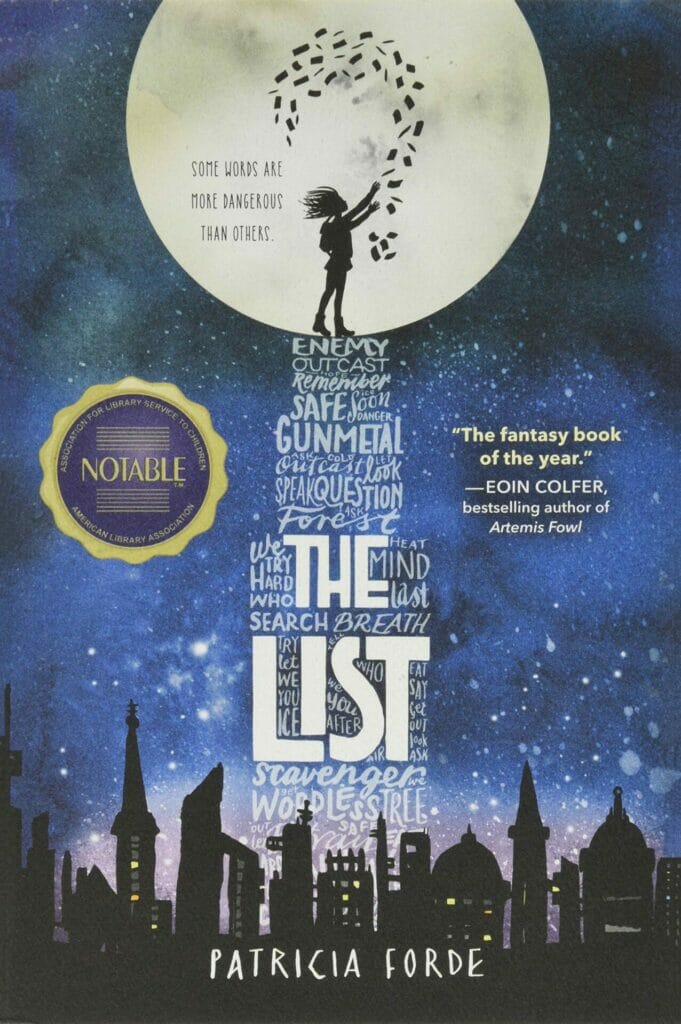
The List by Patricia Forde (2015)
The City of Ark is under a dystopian regime. To keep the citizens from having too much freedom, they are only allowed to speak no more than 500 words. Letta, a young apprentice of a wordsmith, starts to question the purpose of the restriction.
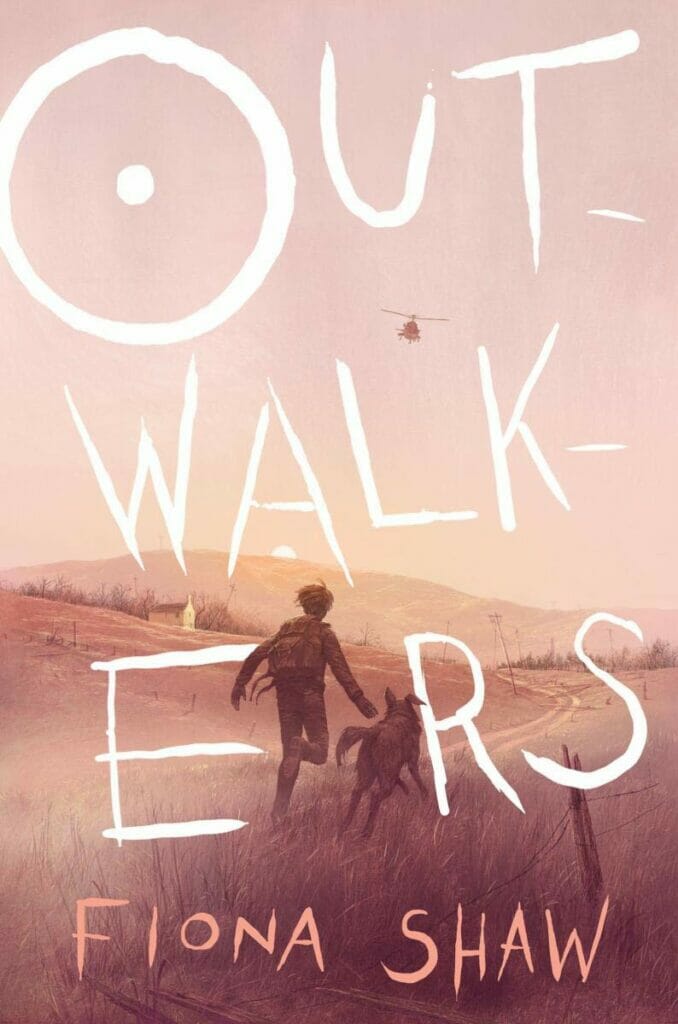
Outwalkers by Fiona Shaw (2018)
Every citizen of a future England is implanted with a microchip to allow the government to monitor all their activities. The borders are closed down to prevent anyone from escaping. An orphan named Jake joins a group of Outwalkers to break free.
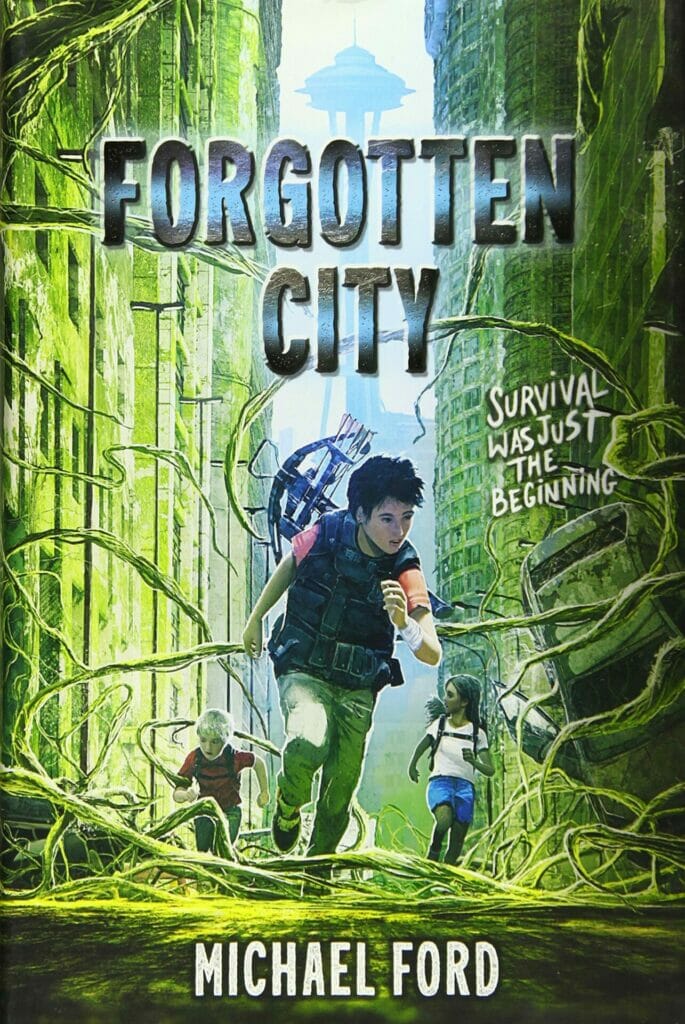
Forgotten City by Michael Ford (2018)
A father and his son live alone in an abandoned school building, keeping themselves safe from deadly mutants outside. When the father fails to return on time from a trip to the city, the son makes a risky journey to find him. Mutants are not the real enemies.

Dreambender by Ronald Kidd (2016)
The dystopian rulers in “Dreambender” prevent the society from having thoughts about anything other than technology. The arts are forbidden. When one of the dream-bending agents discovers music in Callie’s dream, he cannot help but to keep on listening to the tunes.
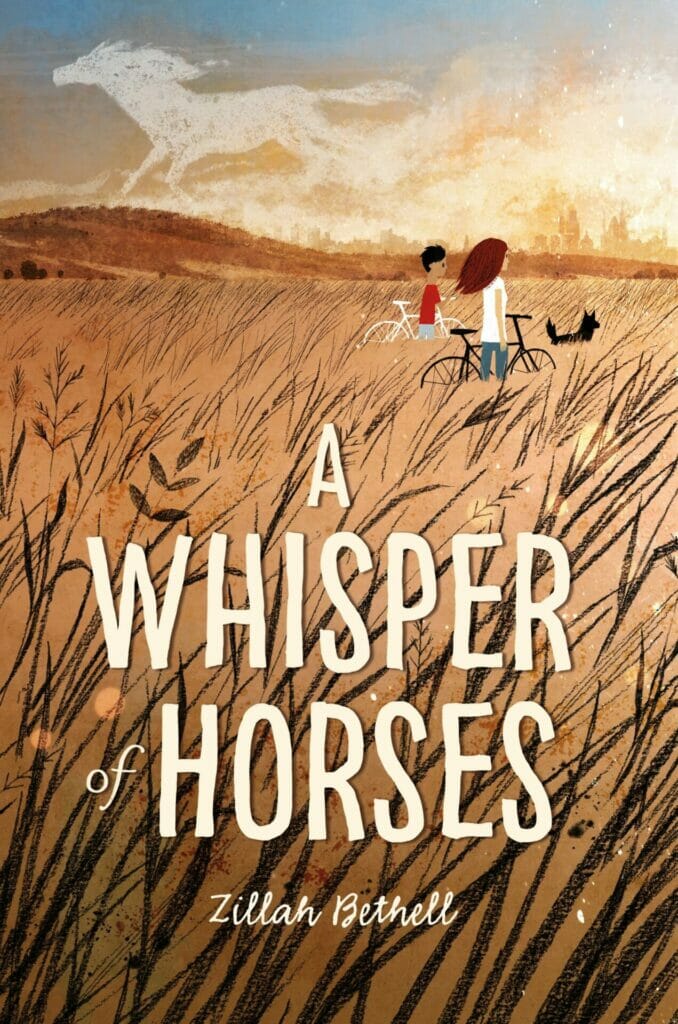
A Whisper of Horses by Zillah Bethell (2016)
According to the dictatorial government of Lahn Dan, the world outside the city’s walls is toxic. When Serendipity finds a map showing where the horses are, she escapes the city and discovers a society more dynamic than she has ever known.
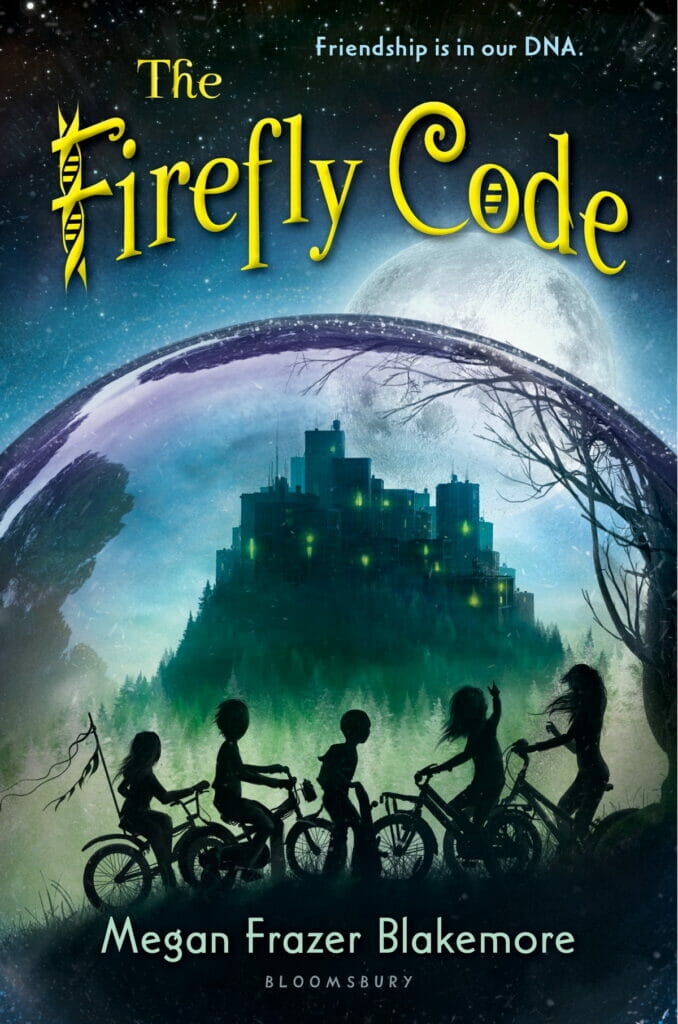
The Firefly Code by Megan Frazer Blakemore (2016)
Every kid in the company town is a perfect blend of nature and genetic engineering. It is a utopia, until Mori discovers an abandoned home where the company founder used to live. She begins to wonder about life and whether perfection is right for her.
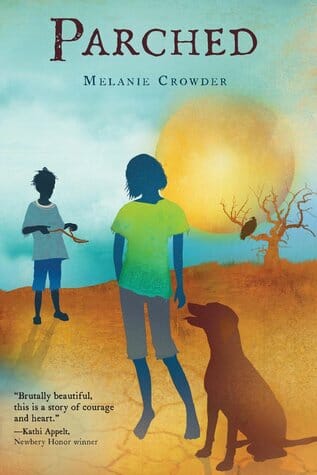
Parched by Melanie Crowder (2013)
Coastal cities in southern Africa are drowned in chaos when fresh water becomes undrinkable. Shortage of water leads some desperate men to raiding Sarel’s farm to find her family’s well. The men kill her parents, but she and the dogs survive the attack. The real struggle begins.

The Hunger Games by Suzanne Collins (2008)
People of the Capitol want their underprivileged counterparts in the Districts to play a deadly game every year for entertainment. Katniss volunteers to take part in the dead-or-alive sport in her sister’s stead, and the storyline takes-off from there.
Are you a dystopian fan? If so, then tell us more. We’d love to hear from you.
Other things you might want to know about.
1. What are some characteristics of a dystopian society?
— Citizens are perceived to be under constant surveillance.
— Citizens have a fear of the outside world.
— The natural world is banished and distrusted.
— Citizens live in a dehumanized state.
Thanks to:
Utopias and Dystopias: Definitions and Characteristics
2. What are the 3 types of dystopia?
— bureaucratic control – a government with relentless regulations rules.
— corporate control – a large corporation controls people through media or products.
— philosophical/religious control – an ideology enforced by the government controls society.
Thanks to: https://examples.yourdictionary.com/what-are-examples-of-dystopia-23-fictional-societies.html
3. Does a dystopian society always have to be protrayed in the future?
No. If you look at the characteristics of a dystopian society (above), you’ll see that the United States may already be dystopic. Only you can decide that, though.

